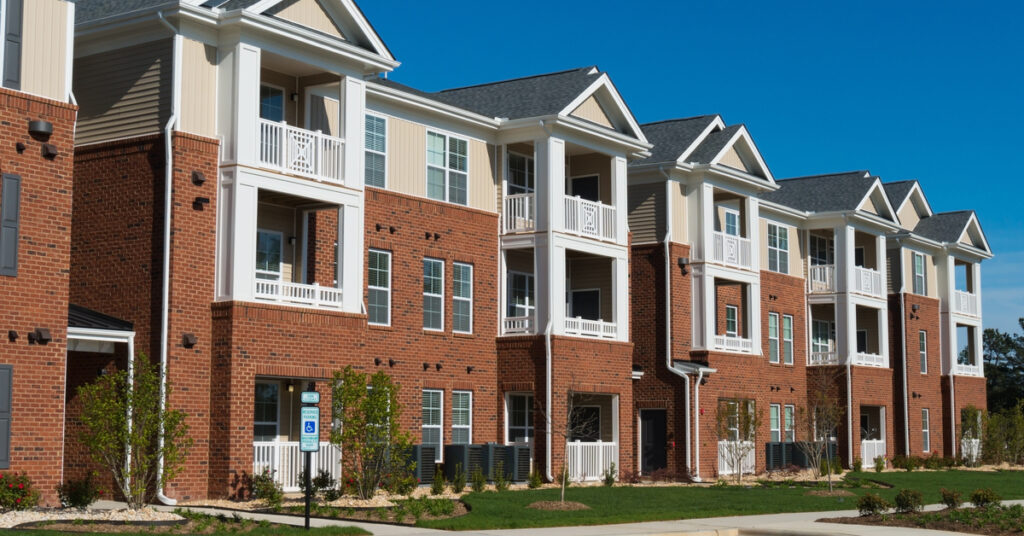With the COVID-19 pandemic altering the real estate landscape in so many ways, members of Generation Z who are looking for their first apartment are wading into a rental market unlike any other. Rents are skyrocketing, vacancy rates are plummeting and many cities are experiencing reenergized rental demand after more than a year of stagnant renter movement.
How have such unique conditions affected the psychology of first-time renters? A new survey from Zumper aimed to find out, and while some results of the poll were foreseeable, other takeaways were surprising.
The survey results revealed a group of renters that is low on cash, with 37% indicating that their monthly budget is less than $1,400 — the current national median for one-bedroom apartments, per Zumper data. Twenty-five percent said that they are getting help from their family to cover the costs of their rental. Sixty-nine percent said that they are furnishing their apartment with secondhand or hand-me-down furniture to help stretch their housing budget.
And while getting a roommate has historically been a good way for young people to save money on their rent, it seems that the movement away from density during the pandemic may have affected the thinking of many first-time renters moving forward. Only 19% of respondents to Zumper’s survey said that they got or were getting a roommate to reduce their rent expenses. Fifty-nine percent — three times as many — preferred to get a smaller apartment.
One of the most eye-opening tidbits from the survey involved the type of area that renters desired. Homebuyers and renters alike flocked out of large urban areas during the pandemic in favor of space and savings in suburbs and rural spaces. It seems this still holds true today when it comes to first-time renters, even with the rental market strongly rebounding in many large cities across the U.S.
Fifty-three percent of respondents in Zumper’s poll said they preferred to live in a rural area rather than an urban one. And despite the proliferation of more flexible remote-work policies during the COVID-19 era, 47% of survey participants said that proximity to an office or school was still their top priority when choosing where to live.
Also notable was that one in three respondents were reportedly considering a “nomad lifestyle” by living in short-term rentals and moving from place to place.








